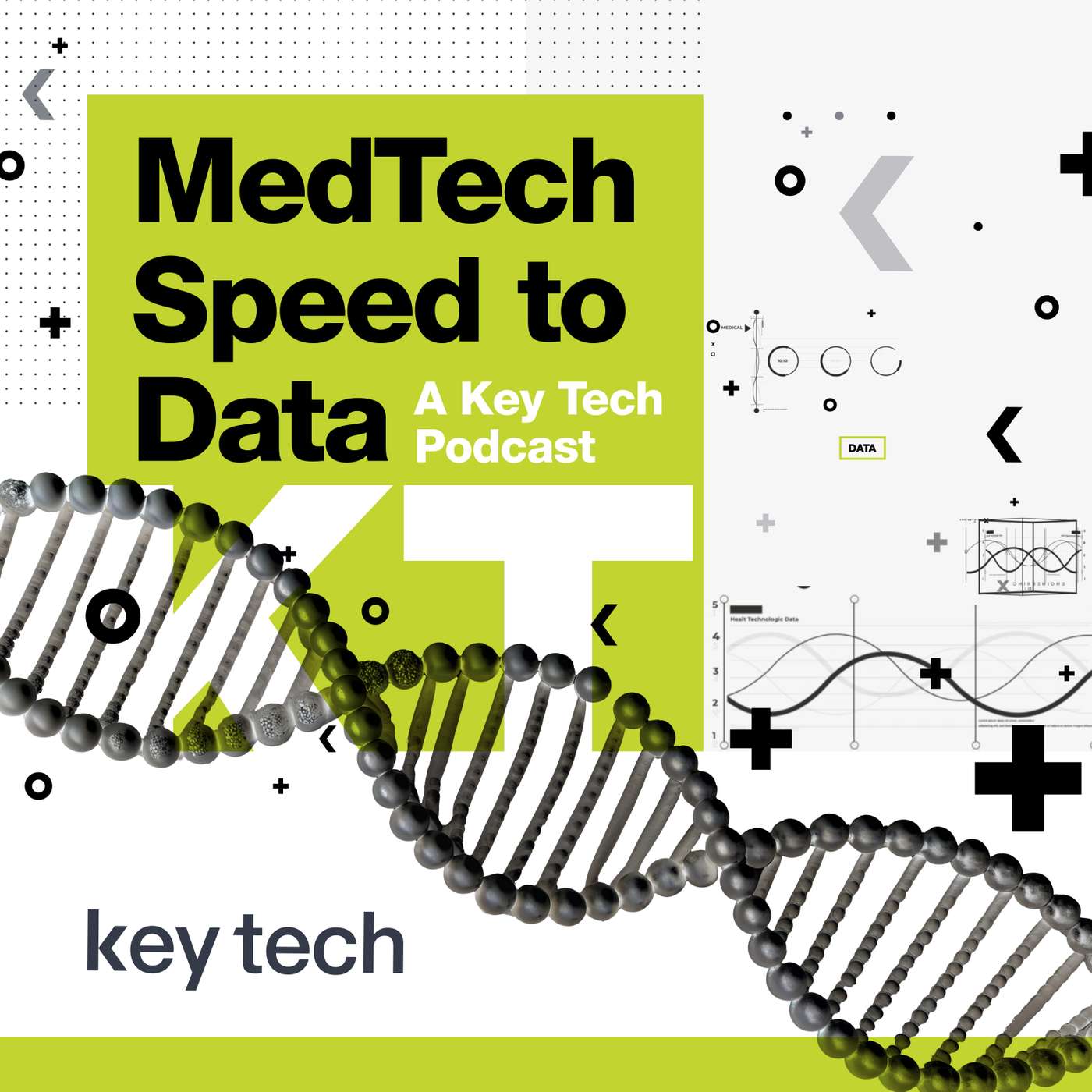 |
MedTech Speed to DataSpeed-to-data determines go-to-market success for medical devices. Author: Key Tech
Speed-to-data determines go-to-market success for medical devices. You need to inform critical decisions with user data, technical demonstration data, and clinical data. We interview med tech leaders about the critical data-driven decisions they make during their product development projects. Language: en Genres: Business, Life Sciences, Science Contact email: Get it Feed URL: Get it iTunes ID: Get it Trailer: |
Listen Now...
MedTech's 11 Year Exit Problem— and What It Means for Raising Capital
Thursday, 11 December, 2025
HSBC Innovations is the global bank’s financing arm for American and European startups, especially in the healthcare and life sciences industries. The bank’s semi-annual Venture Healthcare Reports document trends in the investment market.Key Tech’s Andy Rogers welcomes the report’s author, HSBC Innovation Managing Director Jon Norris in Episode 43 of the MedTech Speed to Data podcast.Need to know· Four core market segments — HSBC Innovation’s Venture Healthcare Reports cover investments and exits in Biopharma, Dx/Tools, Med Device, and Healthtech.· Sourcing investment data — Norris enriches Pitchbook data with additional structure and analyses, making the report more relevant to these market segments.· Sourcing exit data — Norris supplements media and industry publications with market research and conversations with industry leaders.· An investment data tapestry — The reports provide “an honest picture of what’s going on in the market” so investors and innovators alike “can make targeted smart decisions.”The nitty-grittyAndy and Norris discuss the investment market’s recent history before exploring drivers of today’s investment headwinds.“2021 was a record-setting year,” Norris recalls. “Every record that could be set for deals and dollars was set across all the sectors.” Things changed in 2022 as new BioTech IPOs struggled, prompting investment reprioritizations.“VCs had done all these… frothy valuations,” Norris says. “They had to go back and look at their own portfolios and say, does this company have enough capital? How do you want to put money to work?”Investments rebounded in 2024, but not the number of deals. Investors poured money into their existing portfolios to boost their exit chances, resulting in today’s nine-figure megadeals.“Basically, they’re smooshing two rounds together and extending the investors coming in to support that round,” Norris says.Headwinds stiffened in 2025 as tariffs, a more litigious competitive space, and other factors amplified business uncertainty.Norris attributes this progression to the psychology of venture capital. “When you think about what makes these folks tick,” Norris explains, “they want to continue to raise new venture funds because they get paid management fees. But in order to raise their new venture funds, they have to show their investors that they’ve actually gotten returns.”That means reaching an acquisition or IPO. “They’re very focused on getting to exit right now. That’s why they’re so focused on their existing portfolio. And because of that, they haven’t been doing as many new investments.”New investments still happen, of course, but the criteria have changed. “While the dollars are actually up in some of these sectors, especially Med Device,” Norris says, “you’re seeing that being put to work on later-stage deals because they’d rather get a shorter time to exit.”Data that made the difference:Norris’ insights from the HSBC Venture Healthcare Report let him advise startups fighting today’s investment headwinds.Adopt a megaround mentality. “Series B has been extremely difficult,” Norris says. “[Raising] sub two million, that’s one thing. But if you’re looking to raise five million, it’s almost better to raise twelve.”Find investors outside the mainstream. “Traditional venture investors don’t want to write small checks.” Norris sees angel groups, innovation centers, and other small investors funding these early rounds.Explore acquisition exits, but be careful. “On the device side, most of the corporates have been pretty darn active,” Norris says. However, some litigate to block emerging competition, especially in the Dx/Tools sector. Norris’ recommends researching potential acquirers before taking meetings.Download the HSBC Venture Healthcare Report for Norris’ complete analysis, and watch the video below for insights into the Medical Device and Dx/Tools sectors, AI’s role in MedTech, and more.






